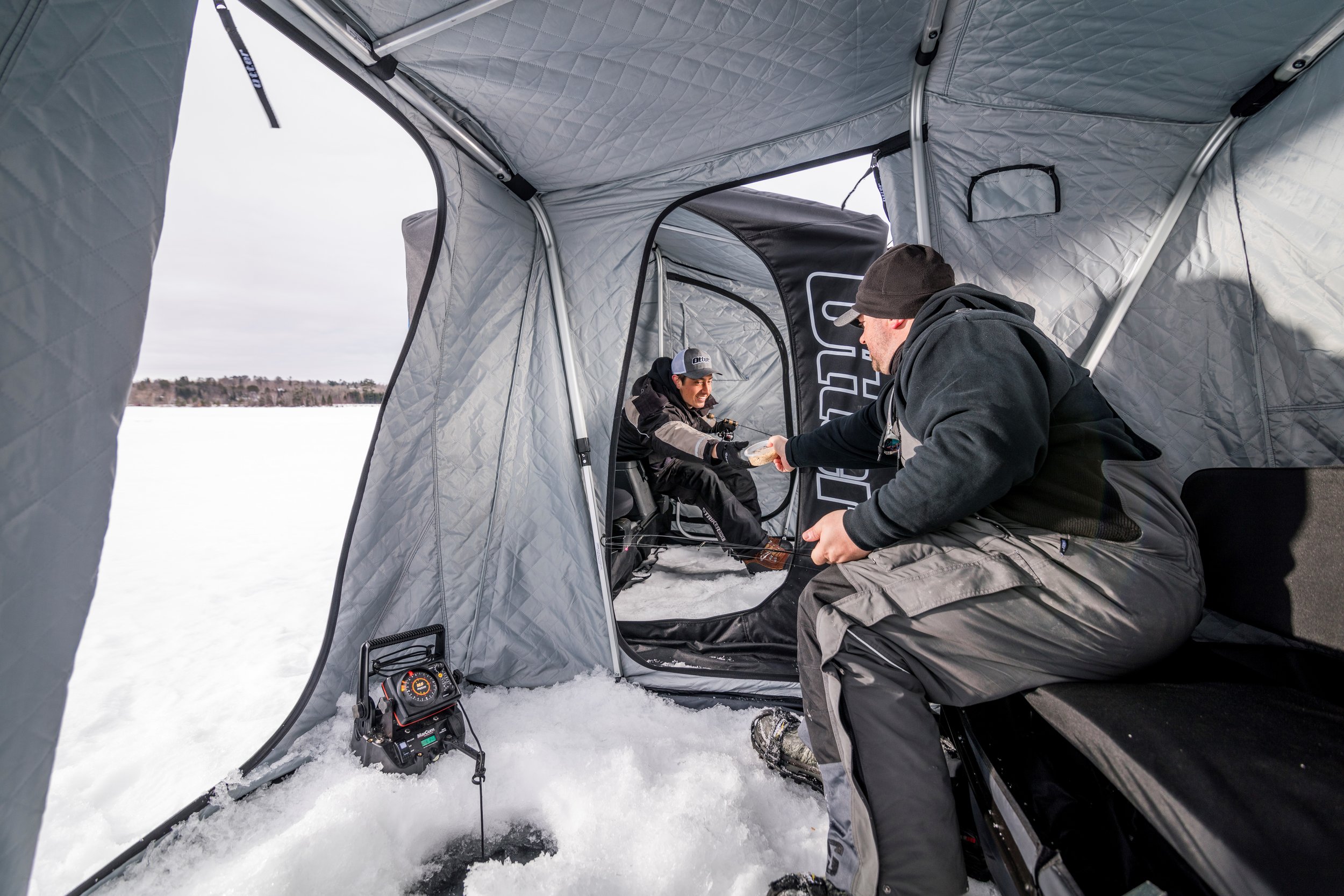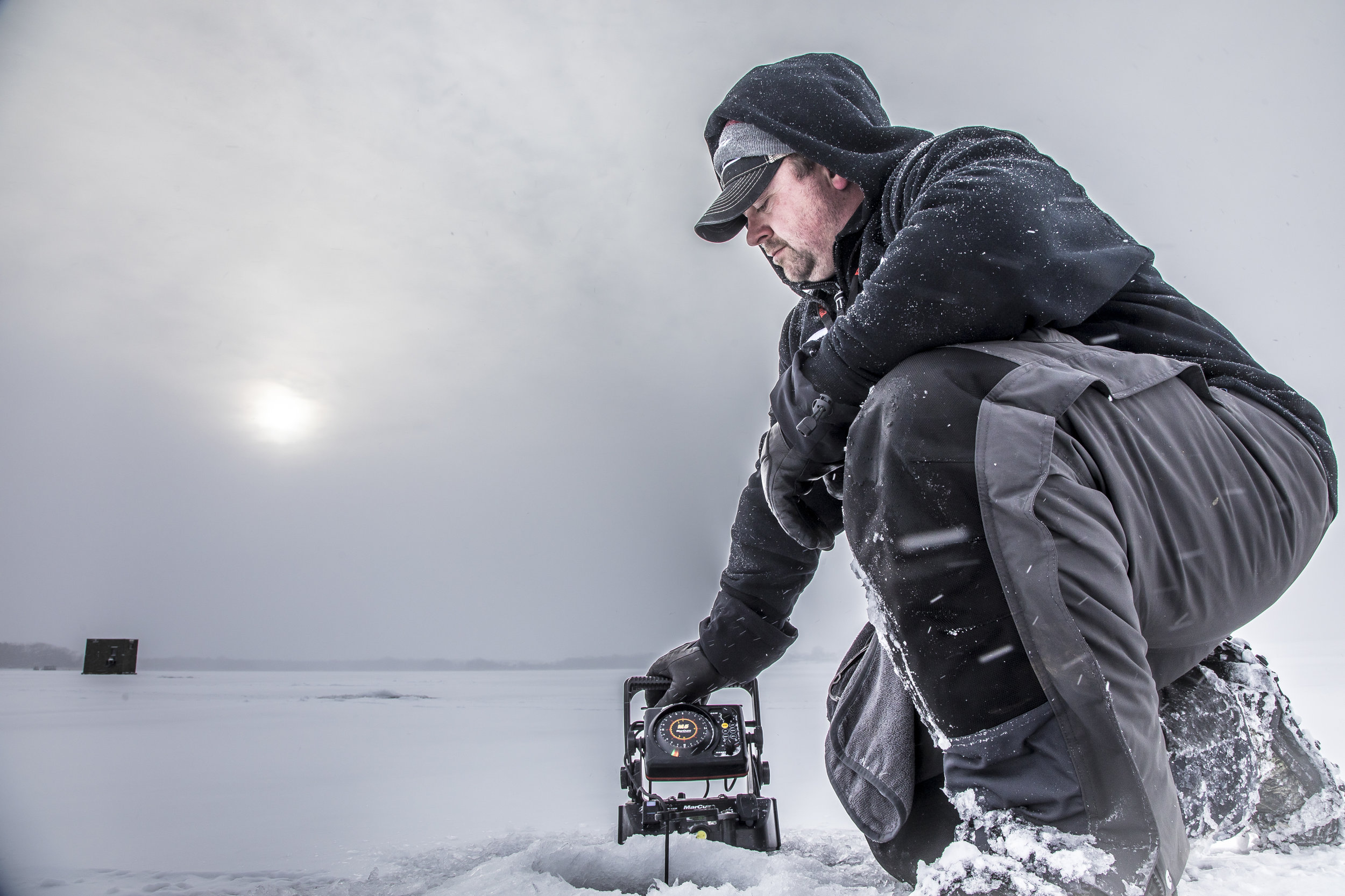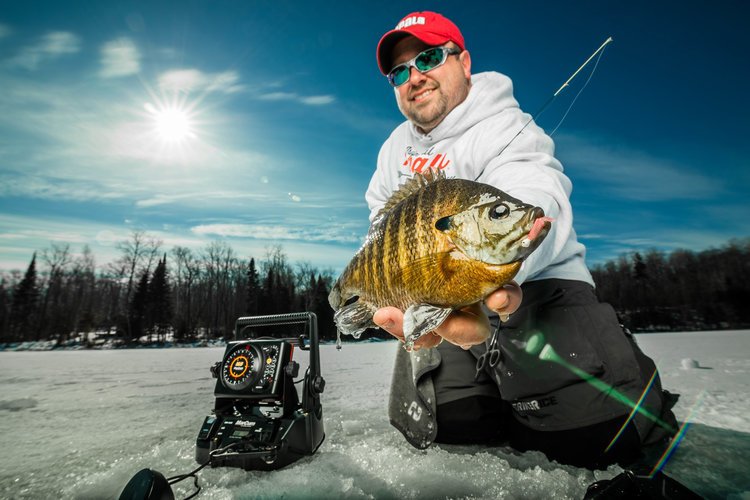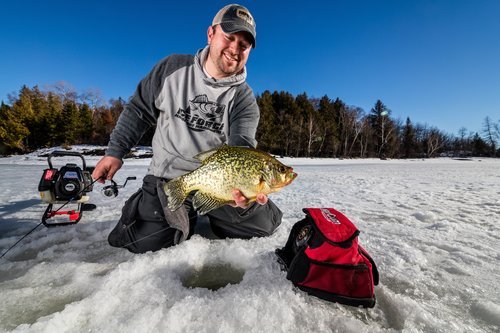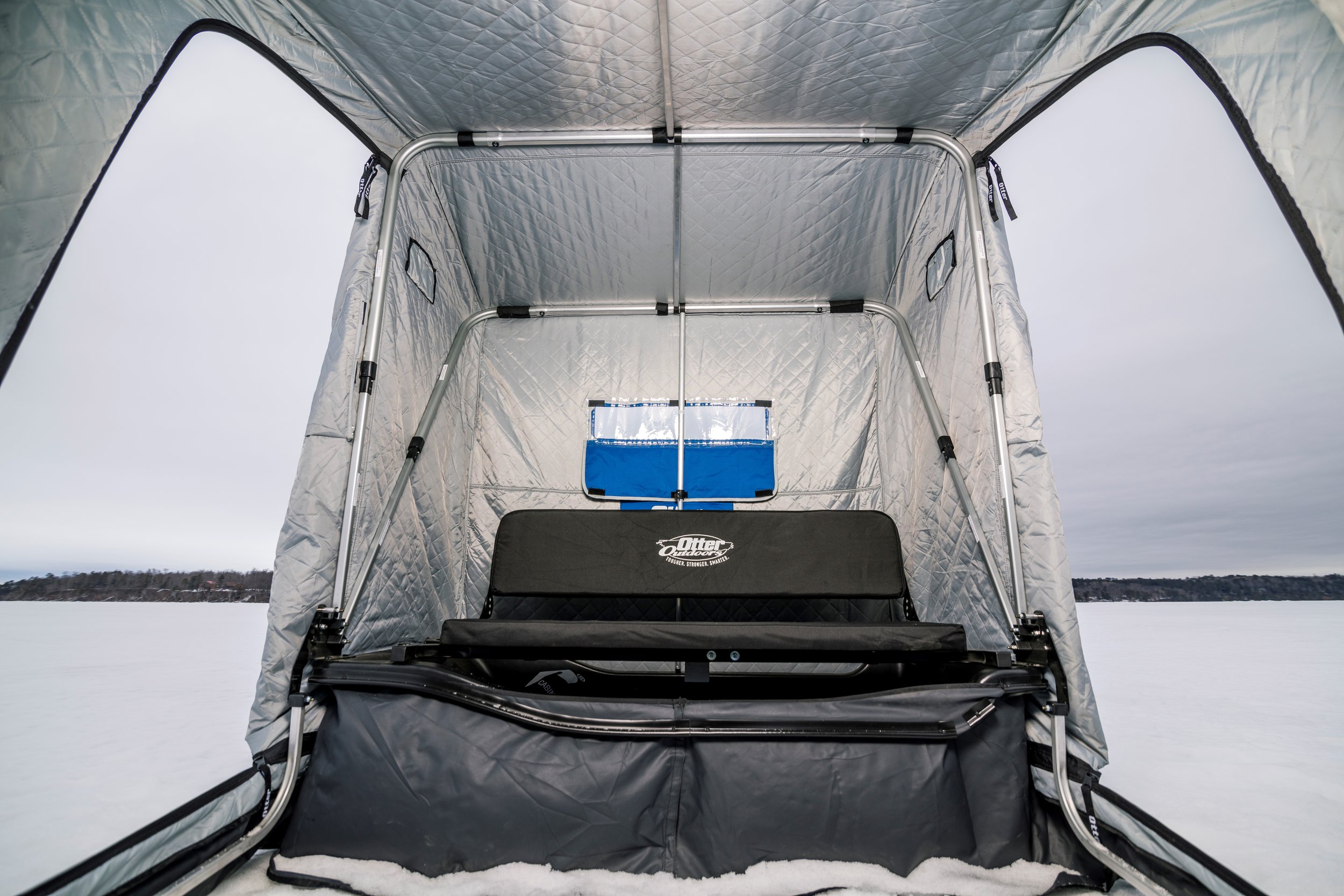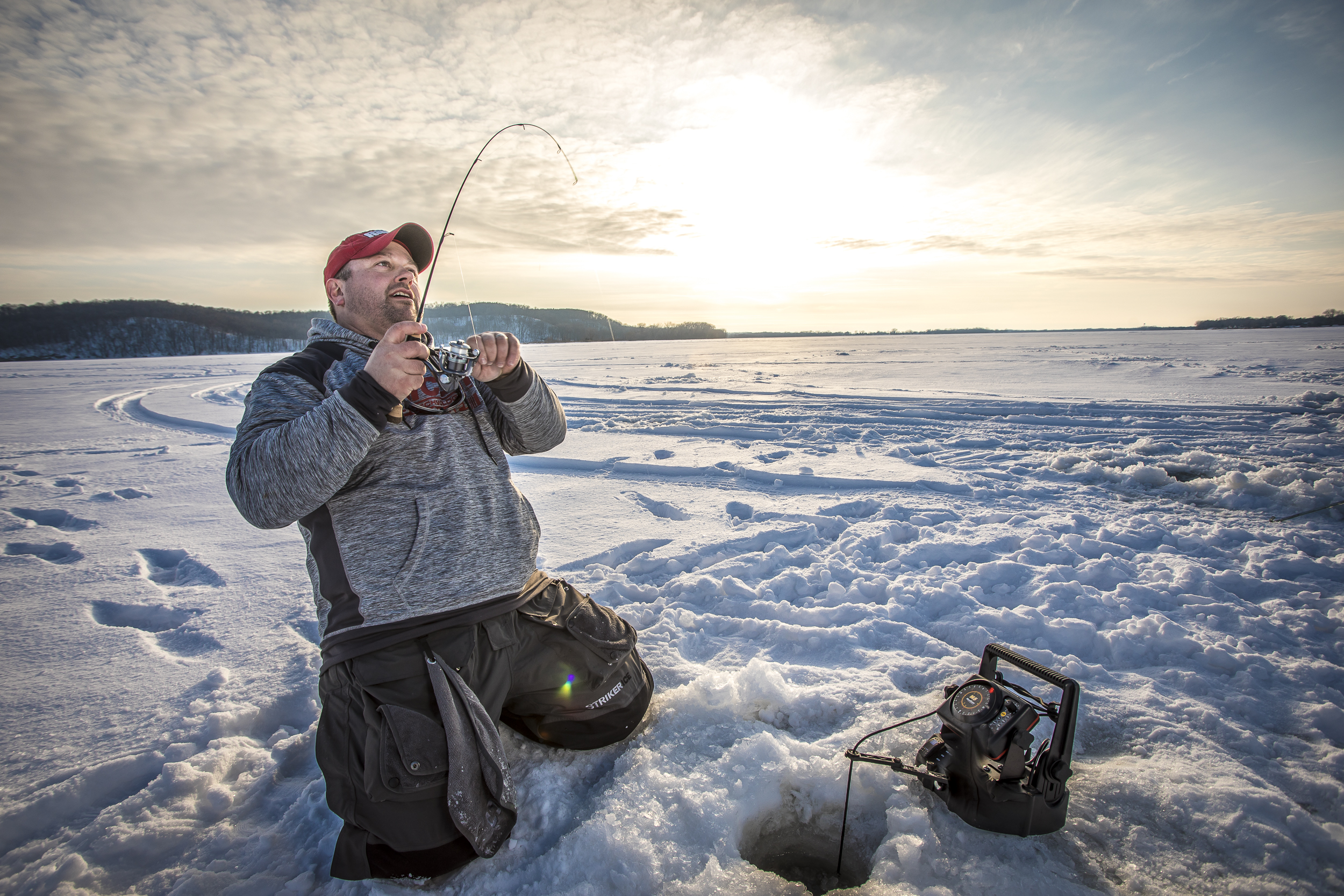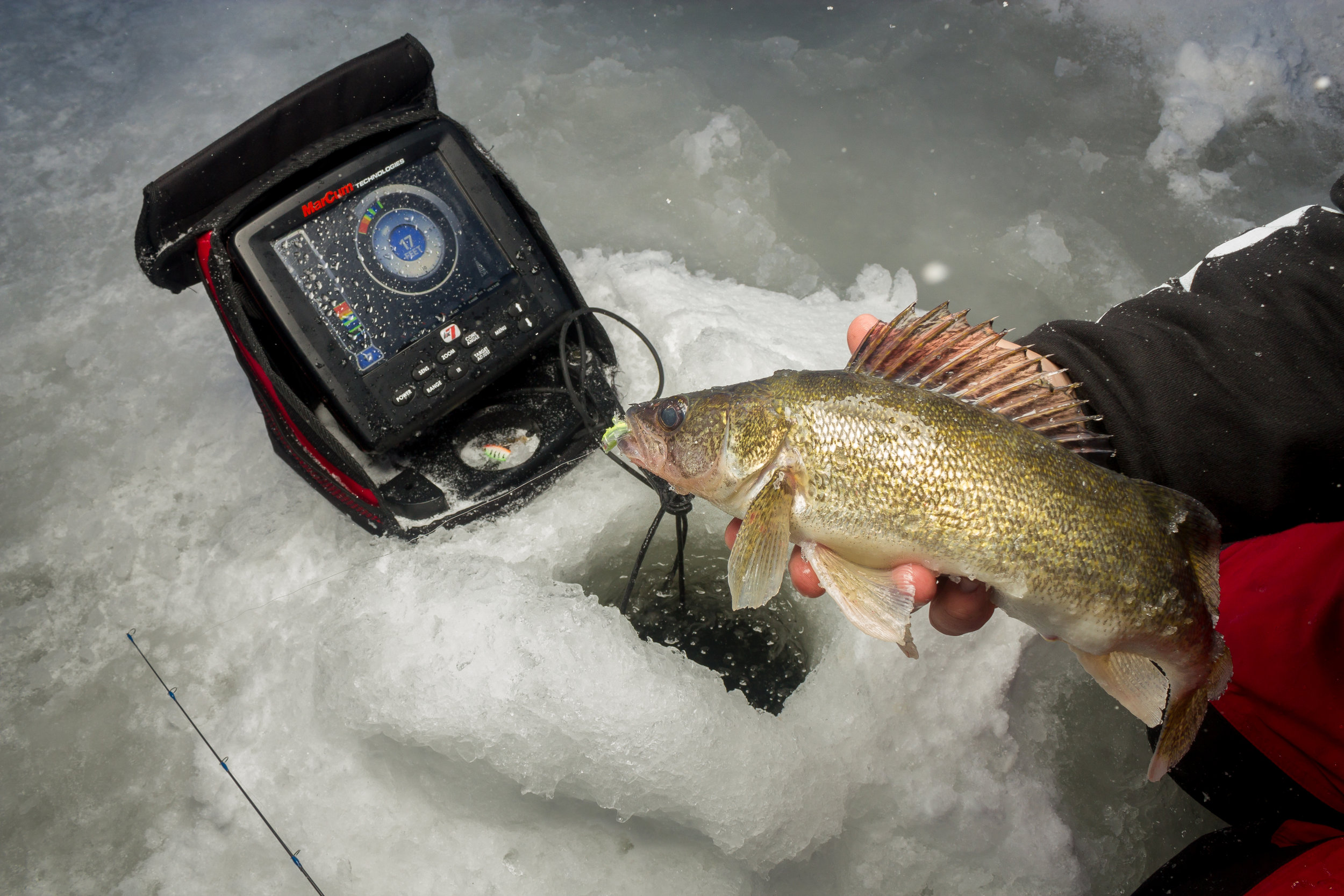Featured - Otter X-Over XT Lodge
Photo Credit - In-Depth Media Productions
Sam O. writes:
Hi Joel,
I'm a big fan. I always watch your Youtube videos and TV shows.
I have 2 questions. First, I live in central Minnesota, and there is a lake right by my house with huge walleyes that don't get fished much to any fishing pressure. It’s called Lake (OMITTED) near the town of (OMITTED). I try to fish this lake as often as possible because it is close to my house but do not know where to fish for them. If you could maybe give me a place to start or something that sticks out to you that would be great!
Also, I'm in the market for a new otter shelter and am unsure what to buy. Looking at the Cabin vs the Lodge. XT vs the Pro. Any advice? Maybe know of someone with one used in good condition? Thanks a ton.
Sam
Hi Sam – thanks for the question and for watching what I do! Always appreciate hearing from people that take the time to check out what I’m up to.
As for the lake, I try to make it a point not to comment on lakes, locations, and advice regarding where to fish. It’s been tricky in the past, and it can be negative for the resource. Not to mention, no one person could know the predator/prey dynamics and other environmental conditions enough to make such predictions. So I’ll have to pass on that one, but I can certainly help you with an Otter.
You’ve effectively got two comparisons going on here, Cabin vs. Lodge, XT vs. XT Pro. Here’s how I’d break it down and what I use:
Cabin vs. Lodge –
Transport – Cabin fits inside a standard truck bed, and underneath a Tonneau cover, while a lodge may have issues fitting under the cover and does stick out onto the tailgate. You may need additional help to load a Lodge in the back of a truck, whereas the Cabin is a bit more manageable solo.
Space – I’m 5’10” and can’t stand up without touching my head to the top of a Cabin. I can standup in a Lodge. As for floor space and seating, unsurprisingly the lodge will comfortably fish 2, and up to 3 people with gear.
Weight – Depending on style (XT vs XT Pro), you’re looking at up to 103lbs on the Cabin, and up to 124lbs on the lodge. While Otter is the lightest shelter in class, both models work better behind an ATV or snowmobile. Hand dragging anything over 100 lbs is difficult, especially with snow on the ice, and even more so when you add auger, electronics, rods, etc.
Price – Lodge is larger and more expensive.
XT vs. XT Pro
Seating – Seat options are different in each, and the XT comes with a bench, and XT Pro comes with bucket seats independently mounted on an aluminum bar that runs the length of the sled. The bench is comfortable for me and offers space to lay out tackle and other items when fishing by myself. It also has a nice backrest that I like. The bucket seats are considered the premium option, and very nice to ride out the entire day on. For most people, it comes down to buckets vs. bench, and that’s the deciding factor right there.
Warmth – you’re looking ThermalTec at 600 denier (XT) vs. 1200 denier (XT Pro), and in my opinion, that’s not the lead story. For those in extreme environments, or who are focused primarily on warmth, I’d lean XT Pro, but keep in mind that even the 600 denier and the proprietary insulation Otter has in Thermal Tec is far superior to the insulated shelters of even a few years prior. I’m warm in both under almost all circumstances.
Accessories – You can add a sportsman’s caddy (great option) to the center of your XT Pro, but not the XT as it mounts on that crossbar which is not on the XT series.
Ease of use – I find the XT bench, specifically in the lodge great to flip all the way up and over to the back of the sled, for one-handed access to the full length of storage for augers, rod boxes, etc. The XT Pro version has independently lifting seats and sportsman’s caddy, making getting full length access a bit more of a process.
Price – XT Pros are more $, but offer the bucket seats and more insulation
My personal choice of shelter each year is the XT Lodge. I prefer the bench seat and like the extra room it provides for a third person, and I don’t miss personally the extra insulation in the pro series. I spend the extra difference on pins, a hitch pivot, rear sled hitch receiver, and cargo net accessories. That said, Otter makes different options so you can get the shelter that best fits YOU! Pick the one that best satisfies your situation, and you’ll always be happy with it.
Joel
